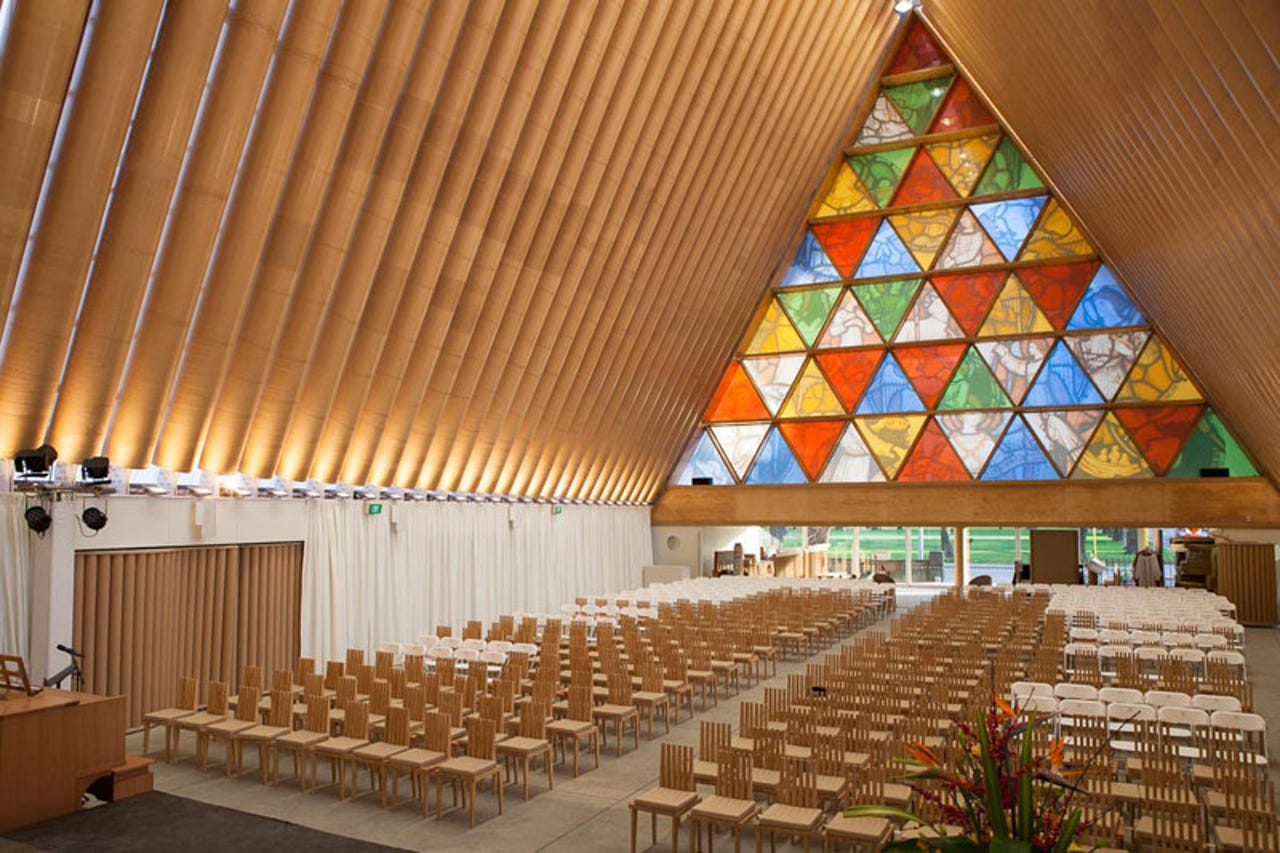How cardboard helped Japanese architect win top prize


But the winner of this year's prize is best known for an unconventional building material: cardboard.
How is it possible that such an important award in the world of architecture is going to a man who designs some of his structures with such a simple material?
It's not because Japanese architect Shigeru Ban, the winner of this year's Pritzker Prize, is redefining city skylines as urban dioramas. Ban has reimagined the humble material to create sturdy structures in areas that have been hit by disasters.
We've highlighted some of Ban's work here on SmartPlanet: a cardboard cathedral in Christchurch, New Zealand and cardboard evacuation facilities for people in Japan. But Ban first proposed using shelters made of cardboard tubes during the 1994 conflict in Rwanda. His "Paper Church" project, a community center made of cardboard tube for victims of an earthquake in Kobe, Japan was reassembled in Taiwan in 2008.
(Here are all the structures he has designed with cardboard tubes.)
When he isn't designing cardboard structures Ban focuses on using "low cost, local, reusable materials." He built the Nomadic Museum using shipping containers before shipping containers were cool.
"Shigeru Ban's commitment to humanitarian causes through his disaster relief work is an example for all," said Tom Pritzker, chairman of the Hyatt Foundation (the sponsor of the Pritzker Prize) in the announcement. "Innovation is not limited by building type and compassion is not limited by budget."
Here's Ban's TED talk on his cardboard emergency shelters:
This post was originally published on Smartplanet.com